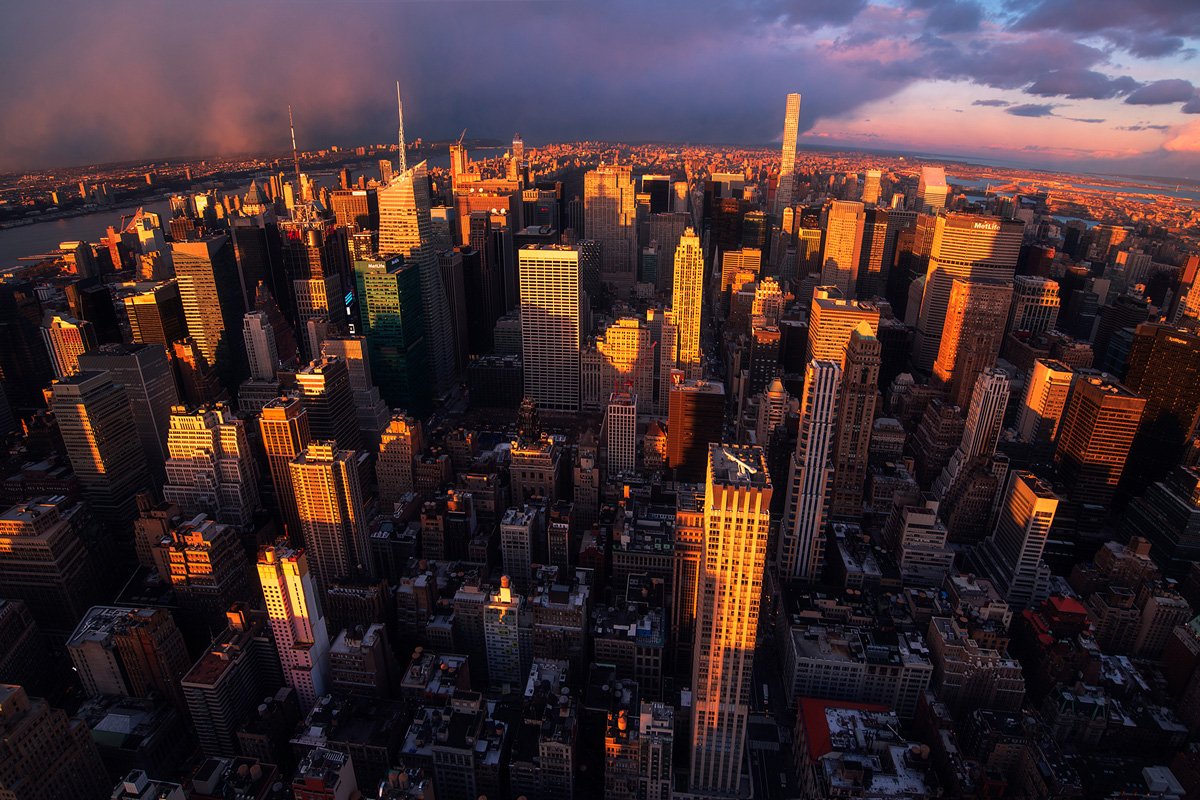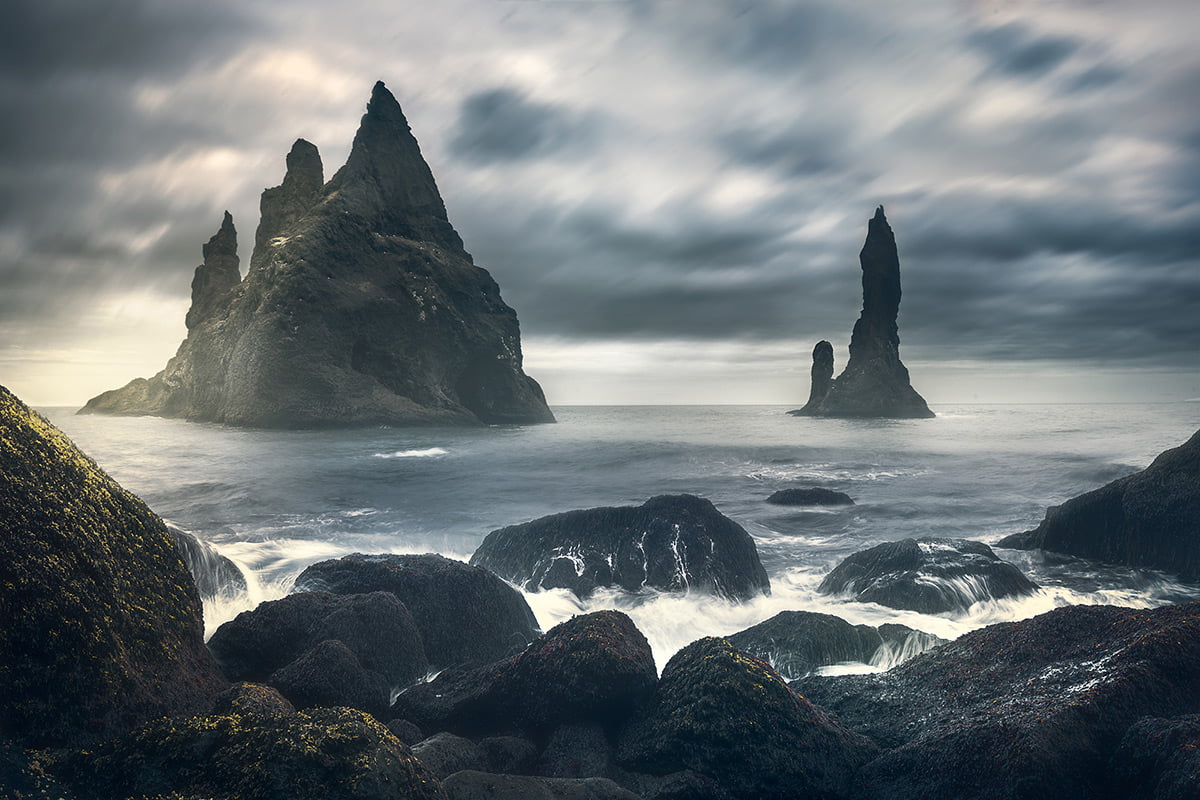Interview with landscape photographer
Atanu Bandyopadhyay
Deeply connected to nature, Atanu is extremely mindful about his footprints on the environment and tries every action to minimize it.
Interviewed by Rupam Dey
Photographs by Atanu Bandyopadhyay
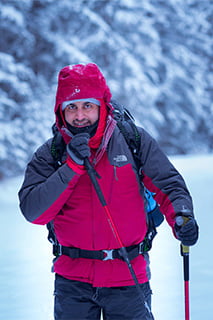
Atanu Bandyopadhyay
A software consultant by profession and a photographer by passion, Atanu belongs to a small village of Bankura, West Bengal, India. Spending almost a decade in North America, he has explored a vast part of the continent and has fallen in love with the region. He has a soft spot towards the night sky in general and has an affair with the Western US since it is his most favourite place for photographing in the whole world. Apart from photography, he also likes to explore, hike, backpack and drive around whenever he can manage some times and opportunities from his busy schedule.
In this interview for Exposure, Atanu talks to our program director Rupam about his journey of photography.

1. Let’s start from the beginning, how did you get involved in photography and how it evolved in you? Does the journey from Bankura to Portland help you anyway in your photography journey?
I bought a Canon Powershot point-n-shoot camera after I joined my job in Kolkata. The beauty of rural Bengal always fascinated me. The rivers, open fields, our gardens, red big sunrise and our house cat all have roles in establishing my love for nature and animals in general. When I came to North America for the second time in 2009 (after my brief mundane 1 month stay in 2008), the beauty of pristine unspoiled natural features in Canada made me fall in love immediately. I was in my early twenties and it was a new world for me to discover. It was then, when I bought my first DSLR. Eventually after trying different genres, streets, portraits, still life, I eventually realized my calling for Landscape Photography after I had visited the Canadian Rockies for the first time. Since then, time flew by and fast-forwarding many explorations in North America. I moved to Portland, USA, after realizing the unlimited number of natural treasures compacted in a small region. In a sense, the beauty of my own village in Bankura laid the foundation of my love towards the natural world while North America has shaped my sense of beauty, aesthetics and overall artistic sense of landscape photography.

2. Okay, so you are an IT professional. How do you manage the balance between your professional life and passion for photography?
Well, I never thought it was very tough balancing between these two. Probably because, unlike many others, I love them both and so far, I never felt very stressed about my job. Another reason for attributing it could be the general work culture of Canada has taught me to time-box both work and leisure. Meaning, I work diligently for 8 hours each day and in most cases, I have complete confidence on what I am doing. That means I never had to work on weekends or nights which I always kept free for exploring and dedicated to photography….well…mostly! Sometimes in past, I admitted of working extra hard in order to score some extra time-off which I could combine with a long weekend for a nice flying trip outside Ontario.
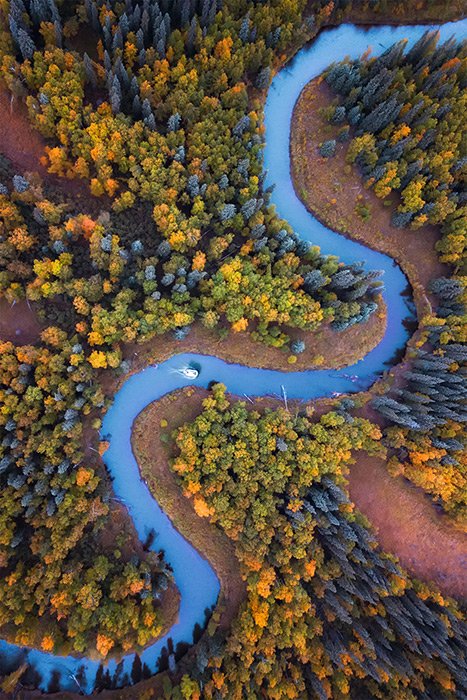
3. So eventually you became a landscape photographer with a soft corner for night sky and stars. How would you describe your photographic style?
I am yet to find my distinct style. But in general, I get inspired by the legends like Marc Adamus, Ryan Dyar, Ted Gore etc… If I must, I would describe my style as a creative fine art landscape, since at times, it involves a fair bit of artistic liberty and I love that part. I love the beauty of Night in general… like Milkyway, Star trails, Aurora and Moonlit Night which I am still trying to get a decent shot. Somehow it connects me to the aesthetics of Night Elve’s mythology and legends.
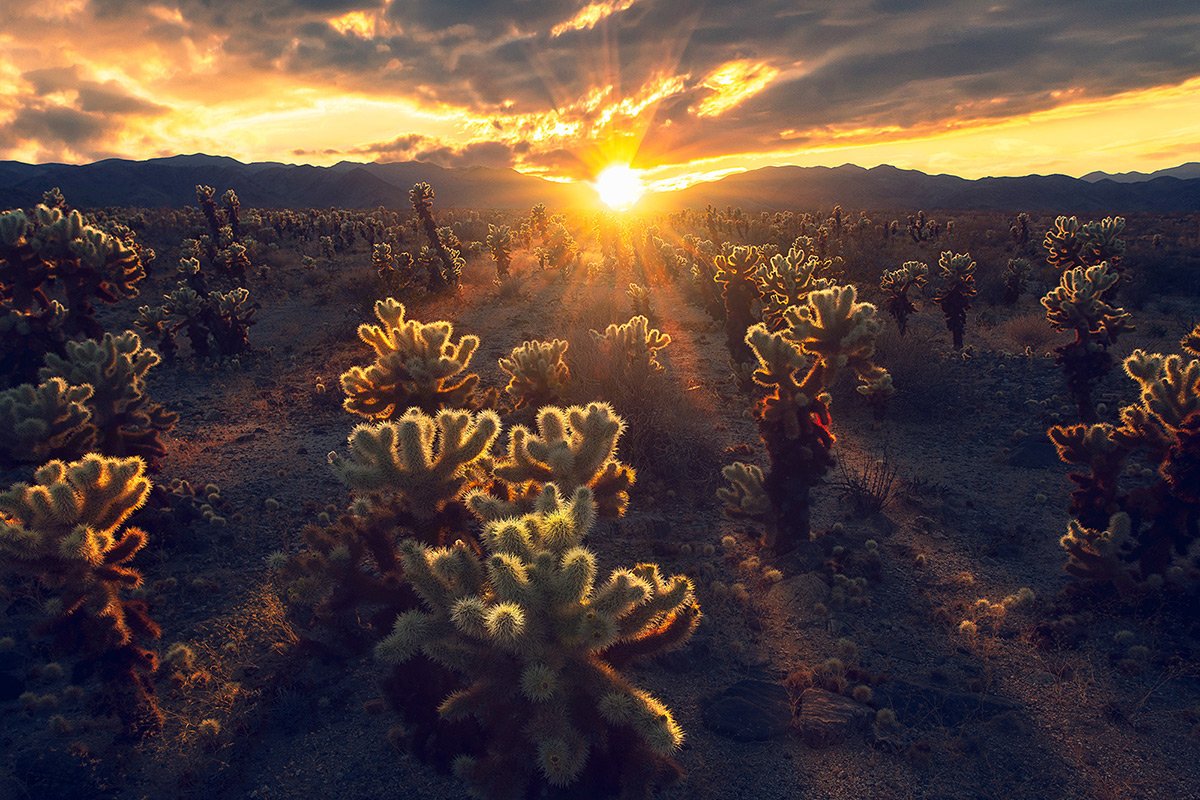
4. What is the most important thing that makes a great landscape photograph? Is it the same as making a great photograph in general?
I believe,all the rules in photography are as same as the rule of thirds, composition, subject and light in general . But on top of that, each genre has its own set of requirements to make it a great photograph. For an example a great landscape photograph must have certain things in its composition – like a great Framing or Layer, Leading lines or Transition. The Transition from big to small objects, cool to warm or dark to bright.
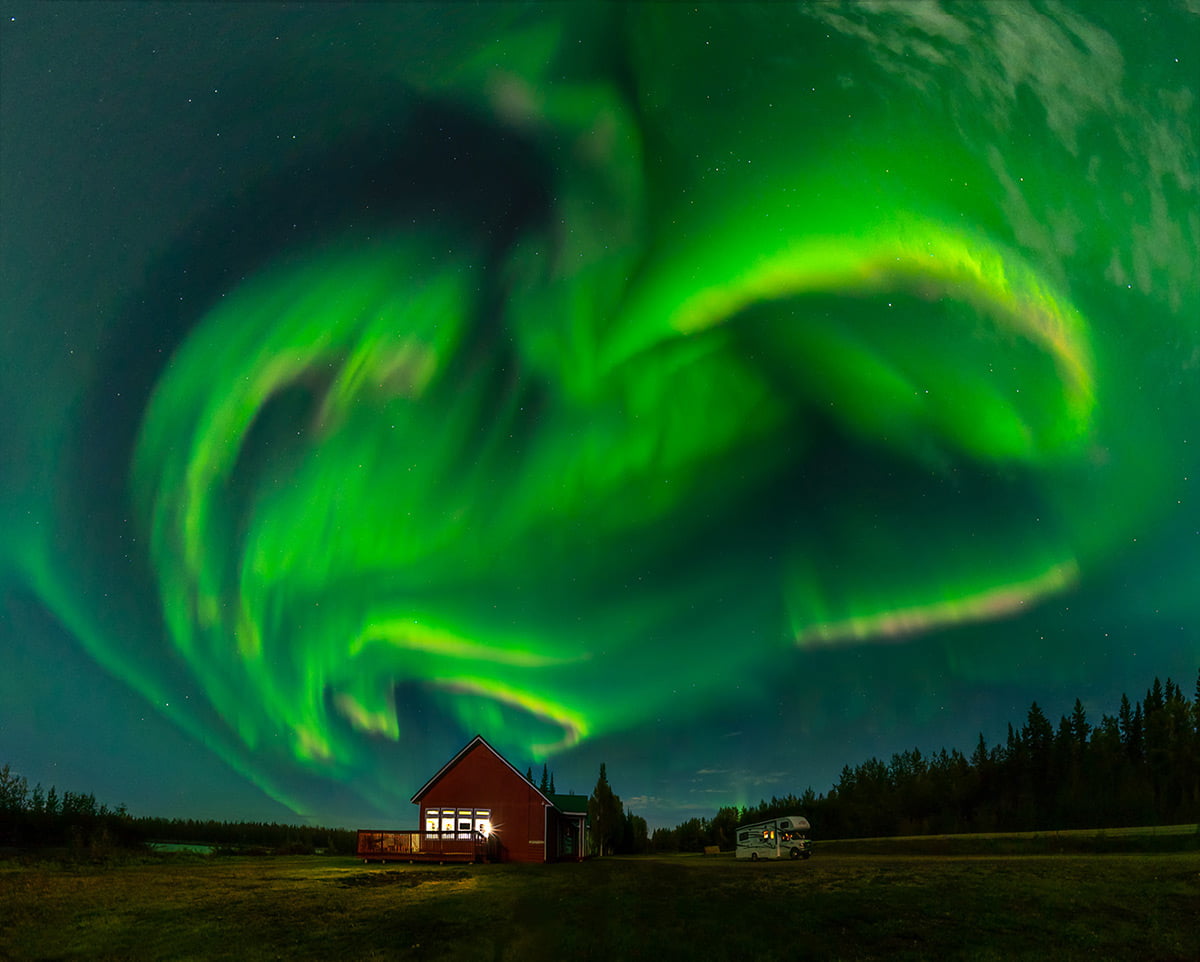
5. How important do you believe it is for a landscape photographer to love nature, not just the results?
I believe it is the primary criteria. If you don’t love/like your subject, you can’t connect with it… you can’t make a great photo of it no matter what. For a landscape photographer, nature is the subject.
6. You have been to Death Valley, one of my dream locations. It is known as one of the hottest places in the world, what are the challenges you have faced over there and how did you overcome them?
Well, it was an extremely fun-filled trip with some of the best people and friends one can have. And we went in the month of March, so the temperature was fairly bearable. We pulled multiple all-nighters, camped in the car, middle of nowhere, and had a bath in hot springs in the middle of the desert… All fun! One of my most memorable trips!

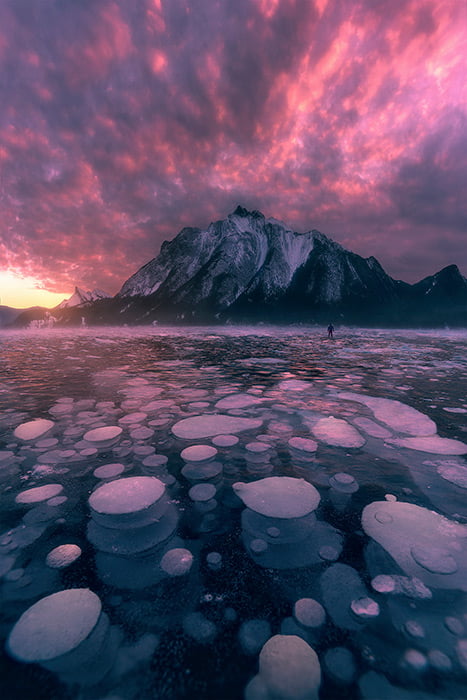
7. So, you have been to a various hottest and coldest places to shoot. How do you prepare yourself (physically and mentally) before going to such locations?
Well, being from Bankura region of India, it has already taught me how to deal with extreme heat. I have been trained to herd our family cows/bulls or find lost calves in the middle of summer, peak noon, out open in the bare fields in bare feet and without any protective gears! Well, it was not very regular but a fairly common occurrence. So, I guess, a part of that tolerance and instinct still live within me. Now about cold – Again Bankura was very cold in winter and without any protective gear, the wind chill can make it fatal. I used to ride bike 6km, amidst the frigging cold and howling westerly wind at 5:30 AM to catch tuition. My school friends can attest that it would probably be the most physically difficult moments of our student-life. On top of that, when I started spending my winters in Canada, I started to train myself to become even more resilient and trust my body instead of using more jackets or hats. Yes, it did hurt me some time and I even got sick a few times, but till date, it is one of my favourite hobbies to test the limits of my body. Anybody who knows me personally can attest to this fact.
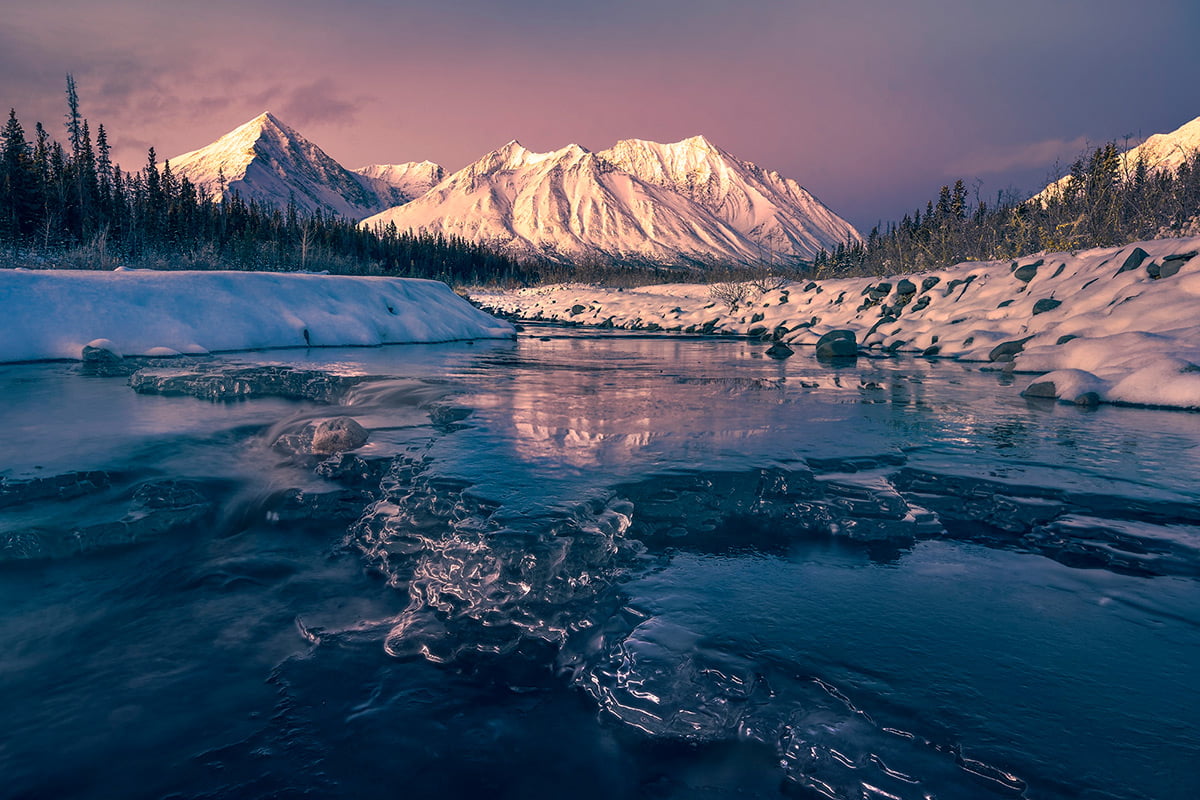
8. You have an image named “Ship of Time” taken at Mono Lake, California which is one of my favourite from your portfolio, especially due to the mood and story behind of that image. Can you please share the story with all of us once again and how did you prepare yourself to shoot there?
Well, Mono Lake is an extremely unique geographical area in the whole world probably. I have seen images from that area before and even paid a visit before that, but was unable to capture it to my satisfaction. This particular image was taken as part of a family trip with my wife. We rented an RV and planned to travel/camp along with some amazing locations of California and around Yosemite Valley. After parking our RV there and spending a day for exploration, I decided to try a sunrise shot keeping these unique formations (also called ‘Tufa’) as a foreground element. I woke up early about 4:00 AM and hiked through the empty shrubs and sands for about 2 miles to reach the spot before hand so I could plan the sunrise accordingly. Just then I also noticed, there was a nice bit of cloud in the sky and Moon was about to set which was peeking through the cracks. While searching for a composition, I decided to use that ancient alien-looking structure as my subject and went for the shot. So, you can say it was a bit unplanned as opposed to well-planned and composed.

9. How does it feel travelling in some very remote locations to shoot landscapes?
A feeling of freedom, euphoria and connectedness with nature which is something I would never trade with anything in my life. It gets even sweeter when I am accompanying my wife.
10. When you’re out of photographing beautiful scenes, how do you enjoy the beauty that’s in front of you while still getting the shot you want?
I believe this is truly a challenge. Sometimes when a scene is unfolding with beautiful light and amazing phenomenon, I get busy clicking shots. But sometimes, when it is too epic… Like it once happened in Alaska with a bursting Aurora, I became so overwhelmed by emotions that I just set my camera aside and enjoyed it with my eyes with my family beside my heart’s content. Some fleeting moments are just not meant to be captured rather to be felt with your presence at that moment and absorbed by your senses.
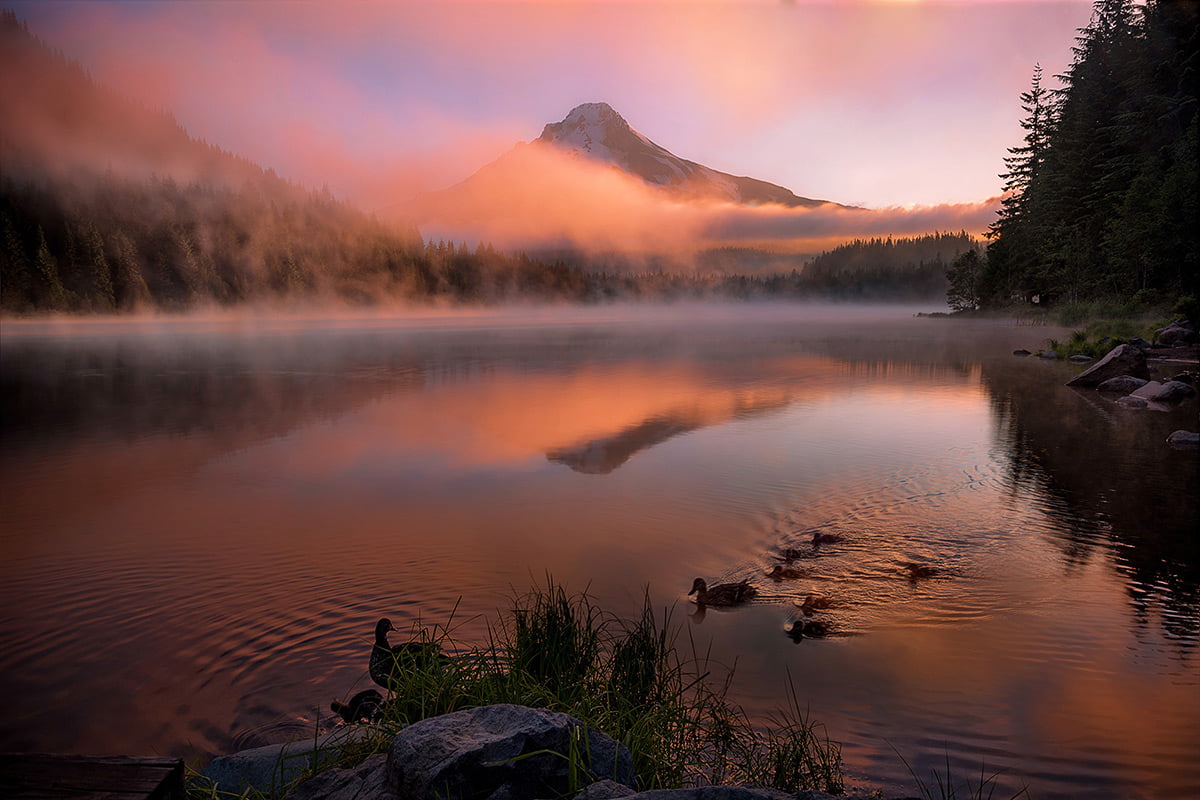
11. What can improve photographic compositions: Books or video tutorials? Help us to understand what’s your point of view on these two important media of learning?
Well, everyone has his/her way of learning things. I do not like reading books too much since I have a very short attention span. Even video tutorials are proving too difficult for me nowadays. I feel that the best way of learning is through human interaction. My friends have helped me a lot on learning and I never shield away from their criticisms.
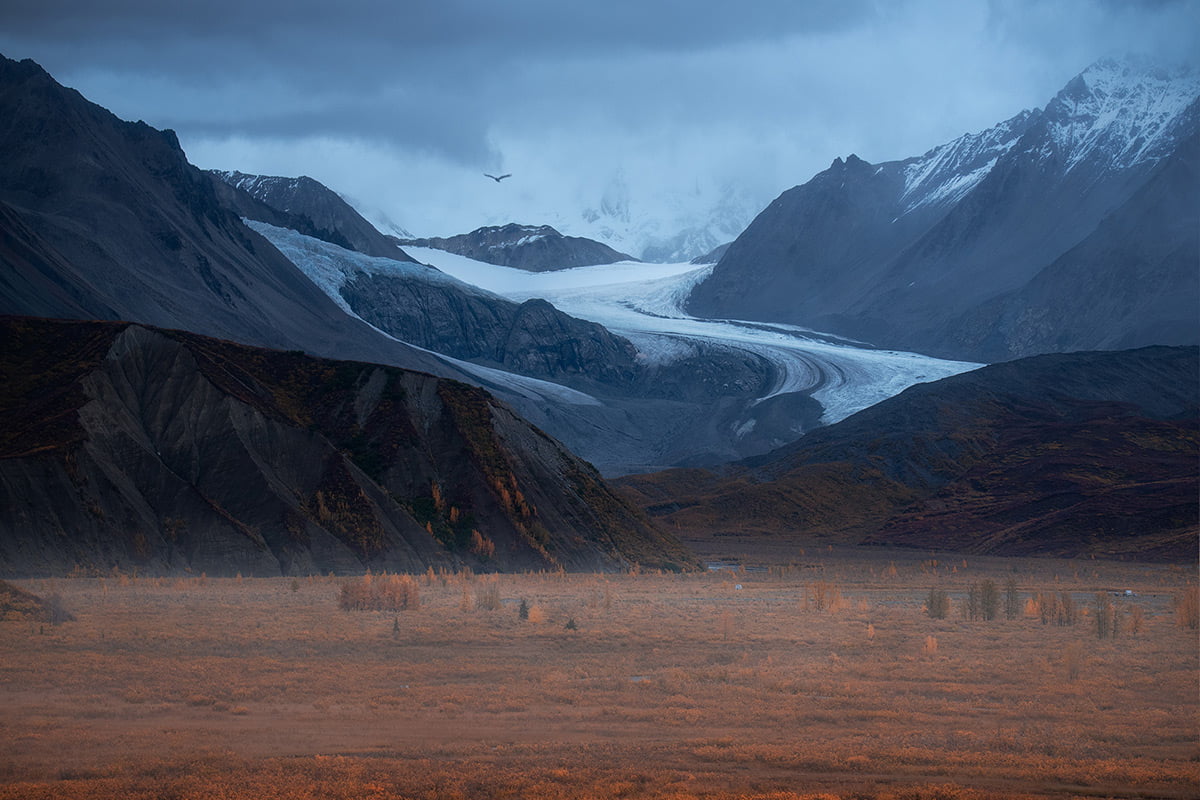
12. Gear plays an important part in every genre of photography; how much truth prevails in this statement?
It is the truth. Gear Does Matter. Period. But what annoys me, when people think ONLY gear matters. No… That is not true. Gear can only make a certain shot better if it is already a good shot to start with. It cannot make a bad shot look like an award winner.
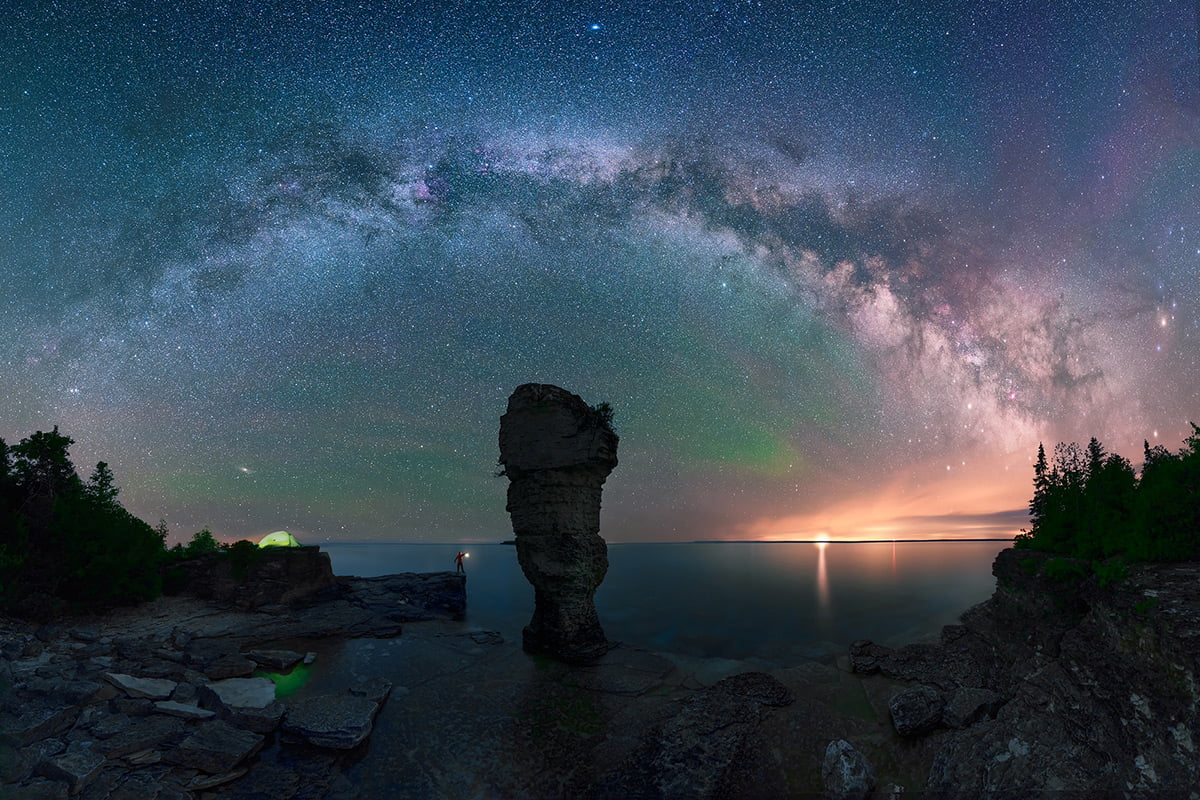

13. What is your perspective on monitor calibration? Do you think calibration is important for a serious photographer?
It is important, indeed. I have been there, done that, denied that it is not important and changed my mind. Human eyes are very adaptable and susceptible to ambient brightness, colours and even mood. It is a fallacy to claim that, my perception of a picture’s visual technicalities, on my monitor, in a certain lighting condition, will be same for everyone… even for me in future. Hence, we need a standard reference frame. Calibration gives us that standard reference frame. Now if you have an iMac or a Macbook or an expensive monitor to start with, you may get away just fine without even calibrating since they are mostly factory calibrated nowadays.
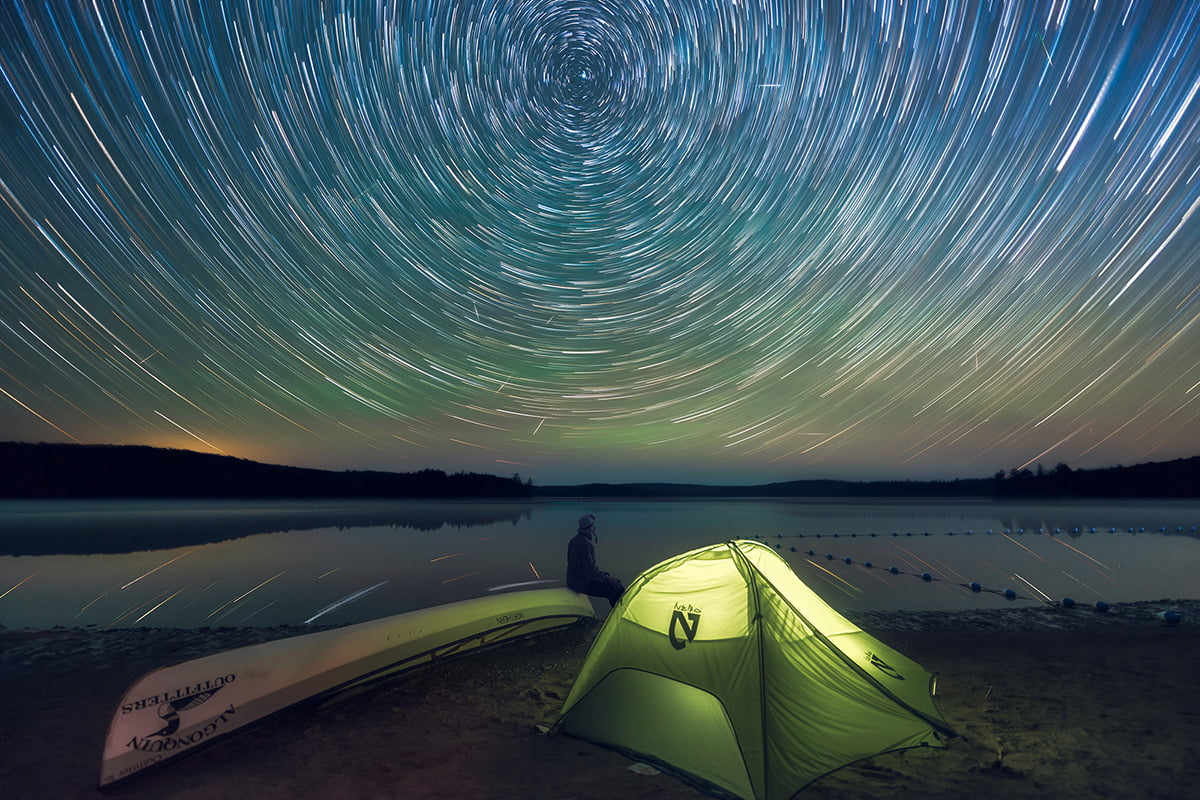
14. As you mostly shoot landscapes, please debrief us about your post-processing workflow? Which software do you use for post-processing?
Yes. Almost exclusively landscapes nowadays. I used to shoot ‘streets’ as well 7-9 years back. For processing, I use Adobe Photoshop exclusively. In general, a typical workflow involves adjusting the images in ACR, stacking/merging if requires, then some global adjustment followed by local adjustment and some selective dodge/burn before finally applying sharpening and noise reduction.
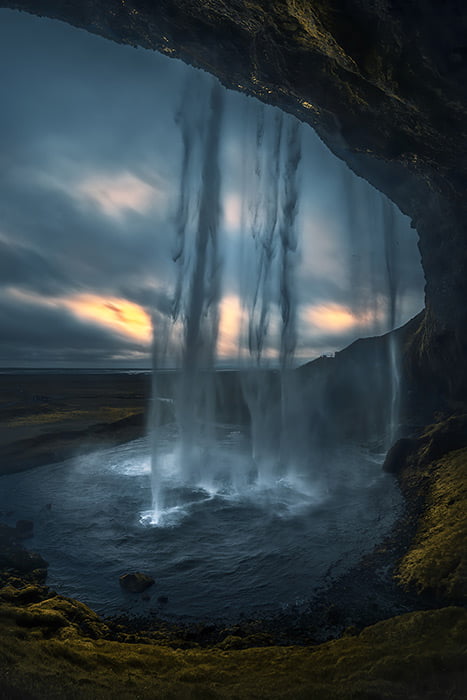
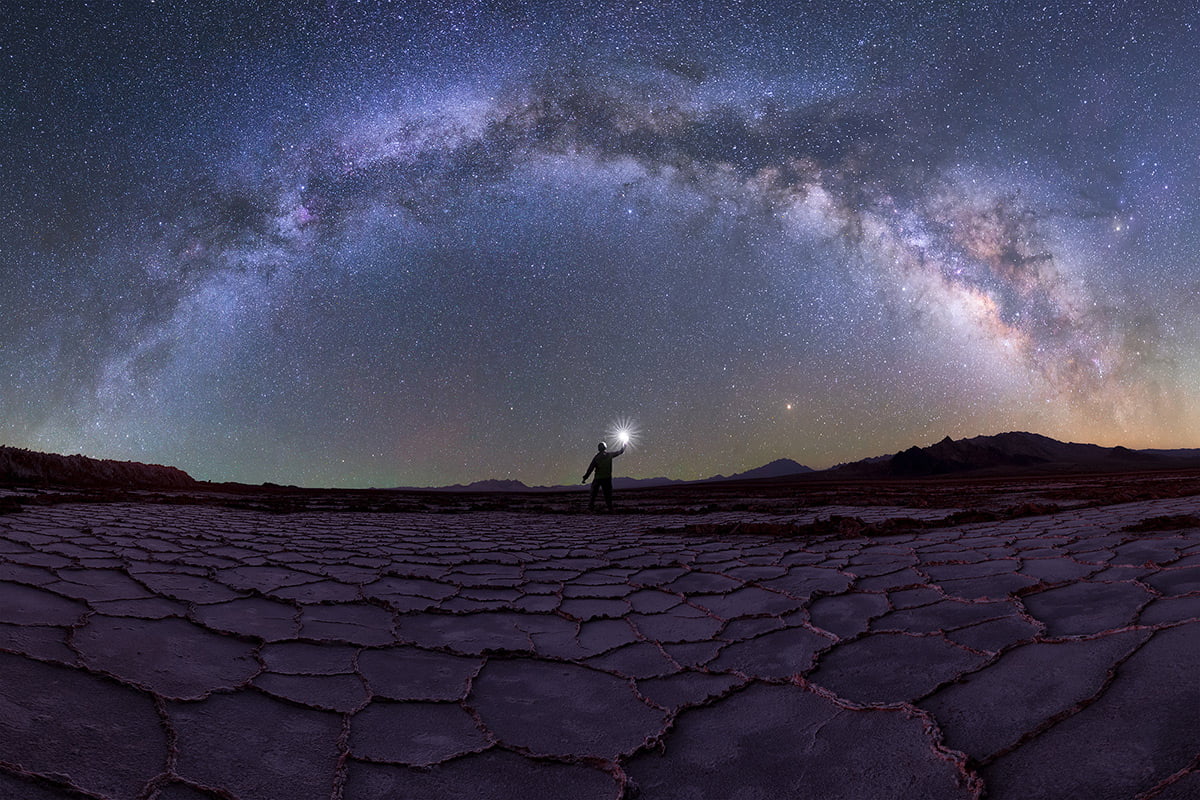
15. What is the limit you keep in mind at the time of post-processing? Are there any ethical rules?
It is a debatable topic. My views on this have evolved over time. I was a purist earlier who has evolved into more liberally creative through the process. Also, I think the ‘Ethics’ itself is a bit of hard to define in this context and highly relative. But having said that, even when I do use heavy imagination to process my images… I always make sure to put some basic realism in my pictures. I never create a picture or composite which looks totally out of place, to begin with, and looks straight out fake. For example, I would never put Milkyway over Vestrahorn, Iceland. Neither would I ever put aurora over a dune of Death Valley nor would I ever put a sun over a mountain which is facing South in tropic. It is my line of ‘ethics’ and I am hugely respectful of anybody who creates stunning images by any means. Another rule is, I would never lie about my pictures if I am ever asked and I do not like anybody who does that too.
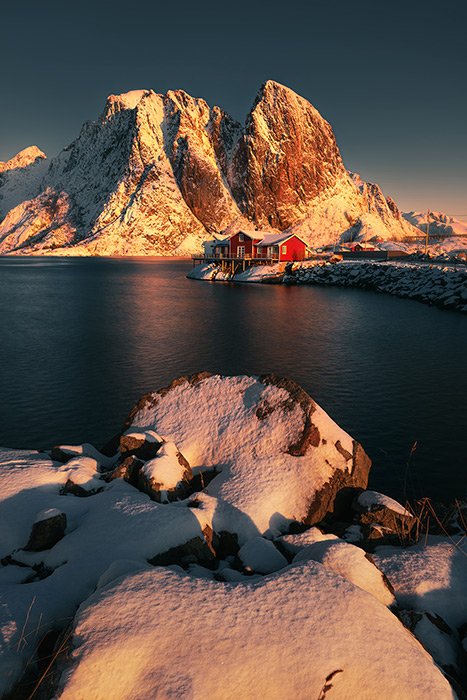
16. Let’s wind up with some quick questions –
- Your inspiration(s) – Mother Nature itself. Recent times, the paintings from my dear wife.
- Favourite photographer(s) – Marc Adamus, Ted Gore, Adam Gibbs.
- Favourite director(s) – Christopher Nolan, Martin Scorsese.
- Favourite book(s) – A Brief History of Humankind.
- Dream destination(s) – Antarctica, Greenland and Patagonia.
